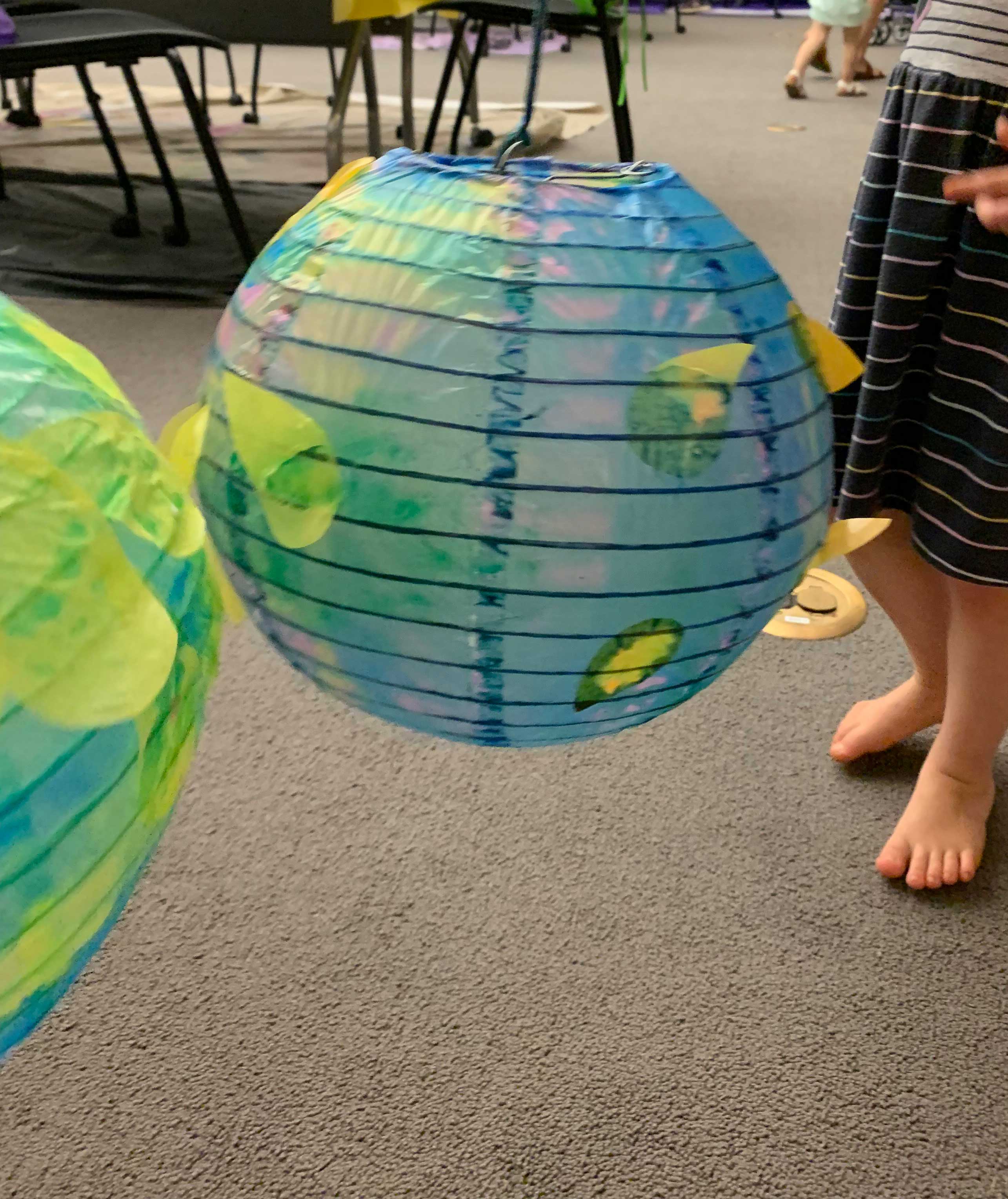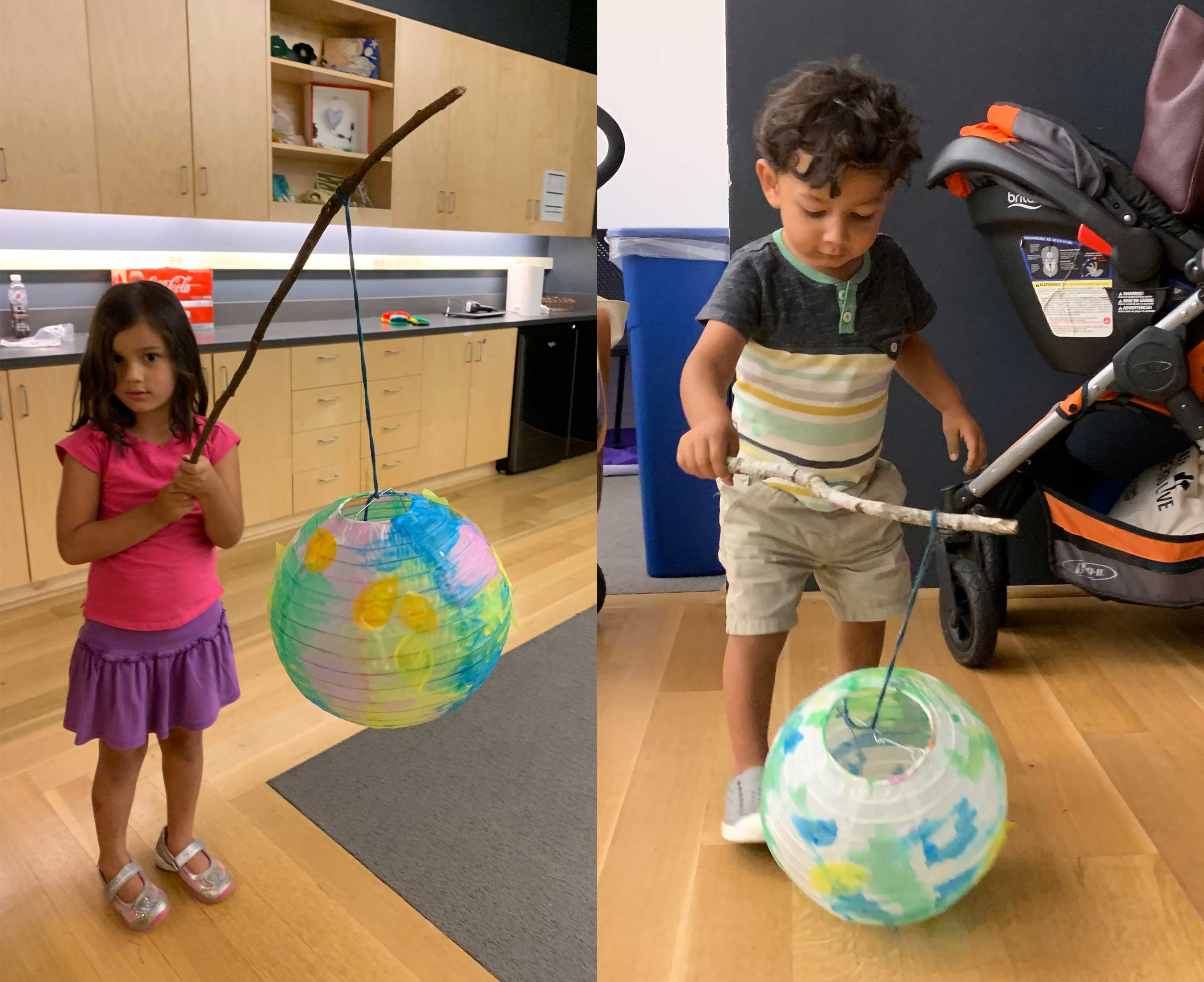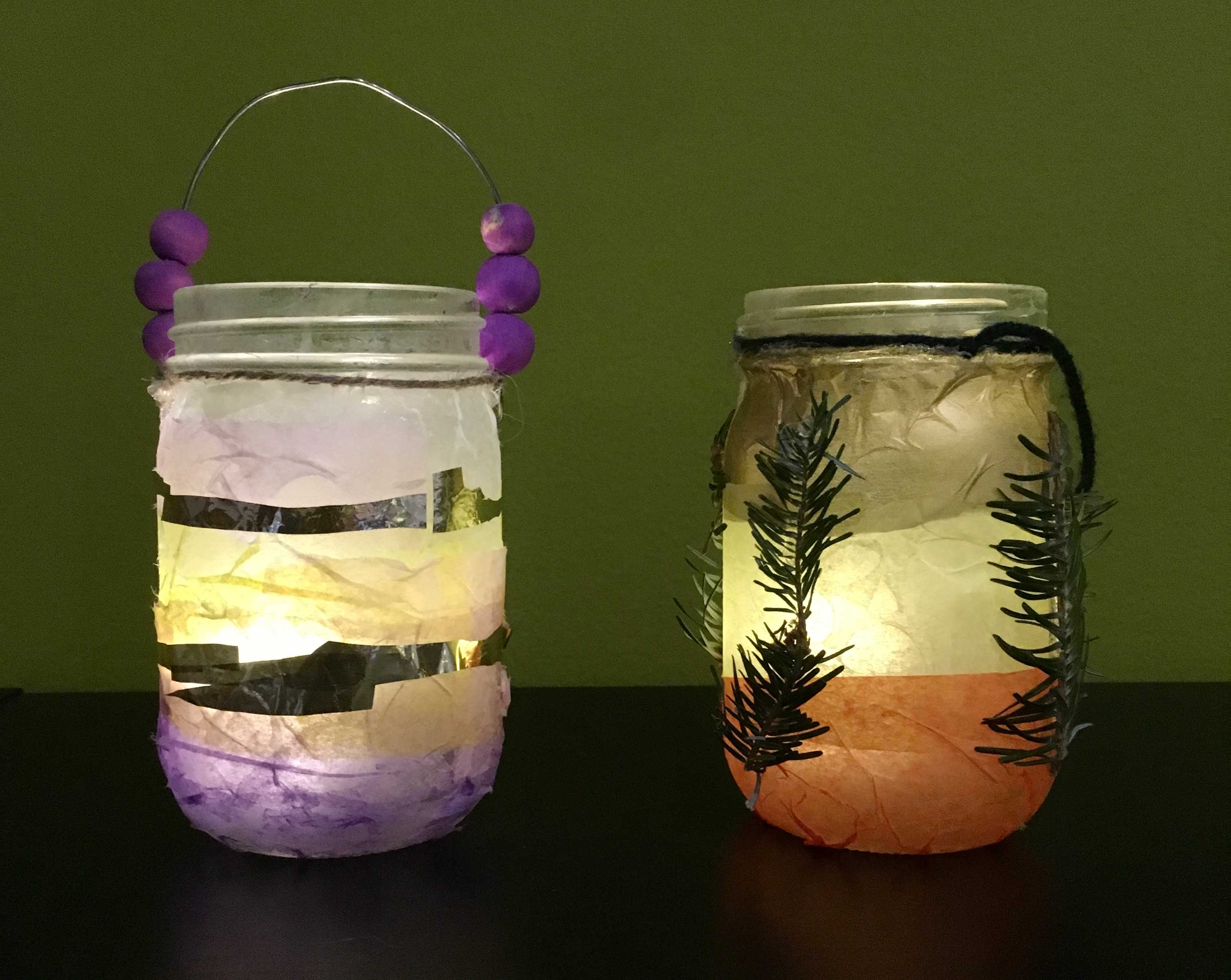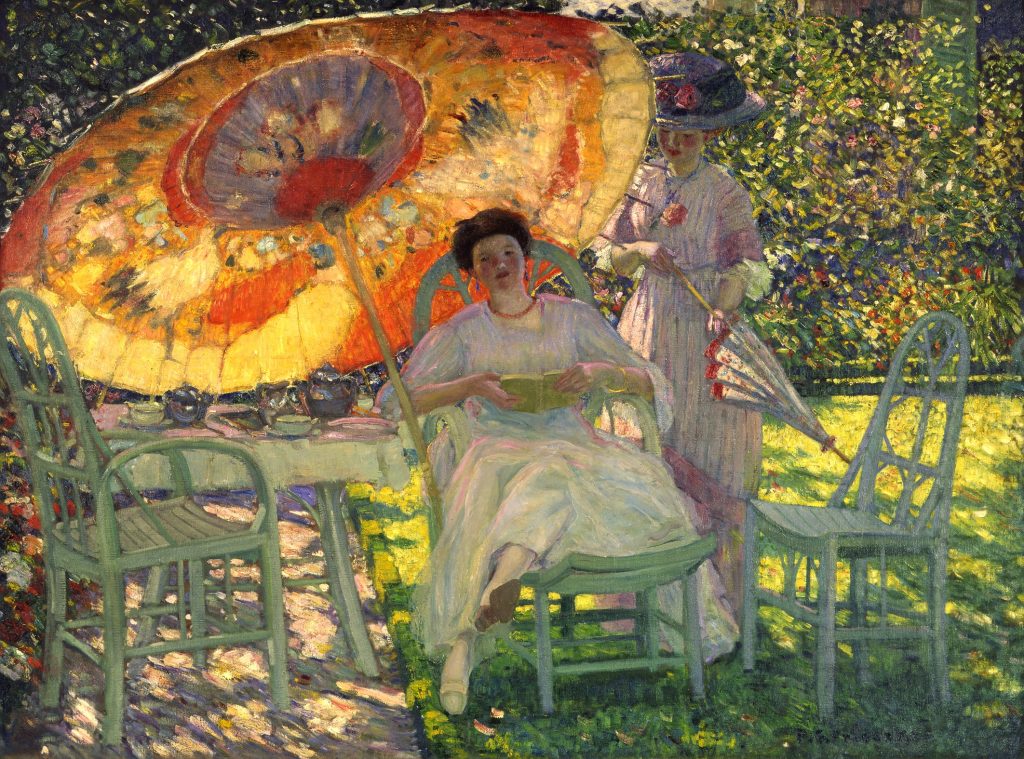Look:
Introduce Frederick Carl Frieseke’s The Garden Parasol and ask students the following questions. Encourage students to support their observations with what they see in the painting.
- What is happening in this painting?
- What season do you think this painting is showing us? What do you see that makes you say that?
- What do you see in this garden?
- What do you like to do outside on a sunny day?
The below information is to connect and extend student observations. When relevant, share the information that best supports the conversation about the painting.
- The woman seated in the painting is the artist’s wife and she is sitting in her garden, located in the French countryside.
- The large and delicate Japanese parasol propped against the table shines with luminous colors while the table is set for tea.
- In Frieseke’s work, he prioritized painting sunlight and shadow. He said of his artistic goals, “it is sunshine, flowers in sunshine; girls in sunshine…”
Connect:
Read the following book and compare and contrast the garden in the painting with the garden described in the book.
- Read My Garden written and illustrated by Kevin Henkes.
- How is the garden described in the book similar to the garden in the painting? How is it different?
- What would you grow in your garden?
Move:
Invite students to move their bodies through garden-inspired yoga poses.
- Let’s stretch our bodies into yoga poses that make us imagine things we might see in a garden. Note: these yoga poses are modeled in a chair but feel free to adapt the poses for stretching on the floor or during circle time.
Make:
In this section, students will decorate paper lanterns inspired by Frederick Carl Frieseke’s The Garden Parasol. Make the connection between the delicate materials of the paper lantern and the parasol and blooming flowers in the painting. Once the lanterns are completed, students can take a lantern walk in their outdoor space, garden, or simply around the classroom or house. They can also hang the lantern from a tree and have a picnic underneath.
Directions for Lantern Activity:
- Cut petal shapes from kite or wax paper to attach later on the paper lanterns.
- Invite students to paint the paper lanterns with liquid watercolor paints while being careful not to apply too much water. Encourage them to choose colors they see in the painting.
- Ask students to attach flower petal shapes to the paper lantern using watered down glue.
- Help students tie the LED hanging light inside the paper lantern.
- Using yarn, tie the paper lantern to a branch to anchor the lantern.


If you do not have a paper lantern, you can use a glass jar to make your lantern. Apply tissue paper onto the glass surface with an equal part glue and water solution. Place flameless battery operated tea light candles inside your lantern. Use a hot glue gun to attach wire for a handle.

Extension Activities:
- Make a summer garden sensory bin. Cut up flowers, fragrant herbs, and pour water into a summer garden sensory bin. Give the kids scooping tools and let them interact with the various materials they might see in a garden.
- Make a science connection! Celebrate the summer solstice with a lantern walk.
- Experiment with light and shadow. Turn the lights off and invite the students to notice the silhouette of the wax paper petals against the light of the lantern.
